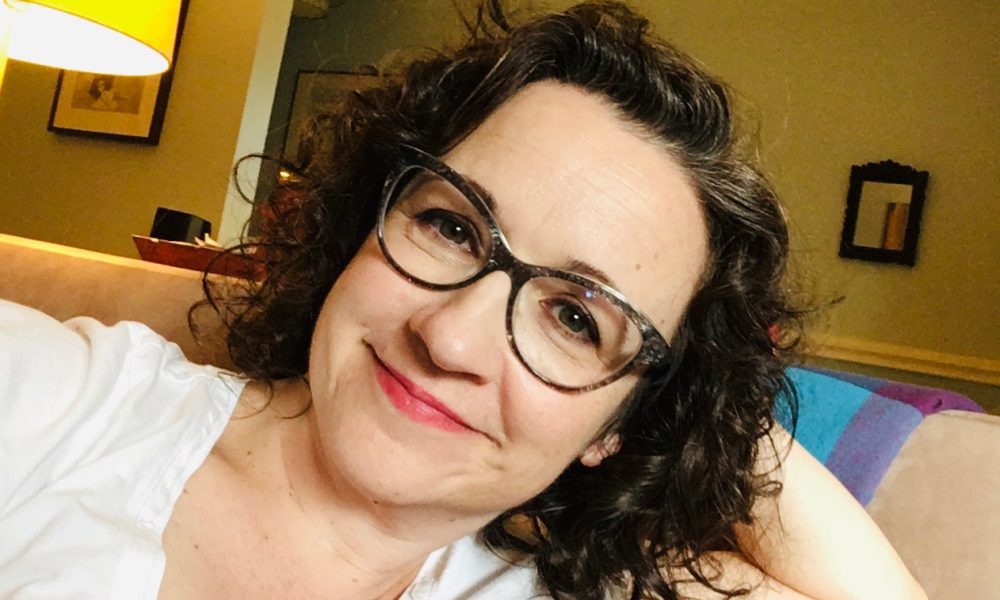

Today we’d like to introduce you to Regina Allen.
Regina, please kick things off for us by telling us about yourself and your journey so far.
As a second-grader, I remember watching, fascinated, as a classmate drew the profile of a farmer, a piece hay sticking out of his mouth, over and over again. She got lots of attention. I thought, “I want to do that.” So I did. And I was pretty good at it, too. That’s when I decided to become an artist, and my mind never wavered from the idea. My father was an amateur art collector and exposed me to a lot of historical art through travel and gallery visits while I was growing up, and my mother enrolled me in many art classes and camps. When college rolled around, I knew I would study art along with English Literature because I was determined to make A LOT of money. Just kidding, I wanted to study both because I loved them.
After finishing college at Washington University in St Louis, I stayed in St Louis for a couple of years to build my portfolio for grad school. To support my art making, I was working at a company that focused on ecological products. The Great Midwestern Flood of 1993 happened during this time, and it was my first experience living through a major natural disaster. Environmental content began to seep into my work. I would go on to explore this and many other topics in my art in graduate school at Northwestern University and for years after, but eventually I would return solely to this subject, which is the focus of my art today.
I got married, had a child, and moved around way too much (Chicago, Philadelphia, Austin, Los Angeles, and then Austin again). We moved back to Texas in August of 2011 during the horrible drought and heat wave, and that wretched experience led me to fully embrace environmental issues in my art. Today, I’m a college art professor and a professional artist.
Can you give our readers some background on your art?
I make paintings and drawings that look at patterns of conflict in the terrain between people and their environment. I focus on landscape viewed from above, examining the results of urban planning, sprawl, deforestation, public land management, mineral extraction, and water control issues. To view the landscape from above takes us out of our daily point-of-view and creates an “overview effect”. This is the phenomenon experienced by astronauts who view earth from space and note that from above, national boundaries vanish and the conflicts and politics that divide people become less important, ideally uniting us with a will to protect our planet. It’s my experience when viewing the land from above that what you do still see is evidence of the conflicts between humans and nature, and my work centers on these ongoing struggles.
Some of my imagery is derived from cool, remote satellite views, illustrating the contrast between geology and human-made structures and activities. Other paintings emerge from nostalgic memories of visiting state and national parks, merging memory with maps, trails, and roads, exploring the notion of “public land” and its innate conflicts.
Numerous urgent environmental conflicts fuel my art, but my work also celebrates the abstract elements of landscape and the enduring tenacity of nature, grounding itself in the physicality of the medium. The sensuousness of the paint and the expressiveness of color, mark, and shape extol the sublime beauty of the Earth and the tenacity of nature and offset the distressing content. I have apprehensions about a changing environment. My art becomes a repository for these fears, buoyed by a little wisp of hope, like a prayer or a wish.
What responsibility, if any, do you think artists have to use their art to help alleviate problems faced by others? Has your art been affected by issues you’ve concerned about?
Because my work focuses on environmental issues, it’s global. I study global environmental topics because these issues don’t stop at a nation’s borders. The Internet makes it much easier to find information about climate change and the other topics that interest me. When I first began making art about the environment, I had to use books alone for my information. Now I can use Google Earth and see amazing aerial views. It’s incredible! The hardest part is knowing what to edit out, there’s so much information available. I can find news images and scientific journals easily and look for other artists who share my interests.
I don’t think the roles of artists have changed much in the last several decades. We live in a time where artists can choose whatever role they want. I study a topic that consumes my thoughts. I’m both fascinated and terrified by climate change, and my painting becomes a kind of cathartic act. At the same time, I hope to make viewers think a bit about the changes that are happening, but without being didactic or depressing. I find inspiration both in nature and in paint, and so I use these two things together to examine environmental change.
What’s the best way for someone to check out your work and provide support?
You can view my art work at my website: www.Reginaallen.com. Works are for sale though this site.
My work is often on display in various venues around Texas. You can stay abreast of when and where I’m showing my art by signing the guest book on my website www.Reginaallen.com, liking my facebook page @Reginaallenartist, and following me on Instagram @gruvkitty.
Contact Info:
- Website: www.Reginaallen.com
- Email: gruvkitty9@gmail.com
- Instagram: @gruvkitty
- Facebook: @Reginaallenartist





 Image Credit:
Image Credit:
Regina Allen
Getting in touch: VoyageHouston is built on recommendations from the community; it’s how we uncover hidden gems, so if you know someone who deserves recognition please let us know here.


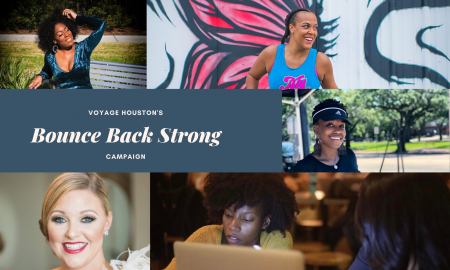
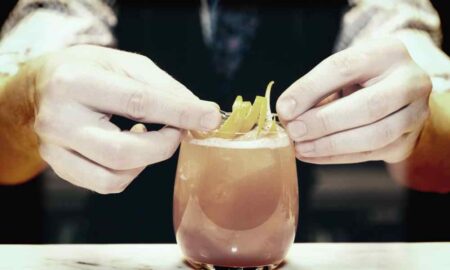
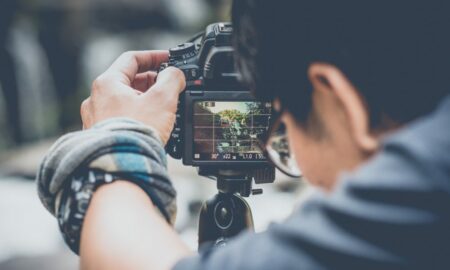








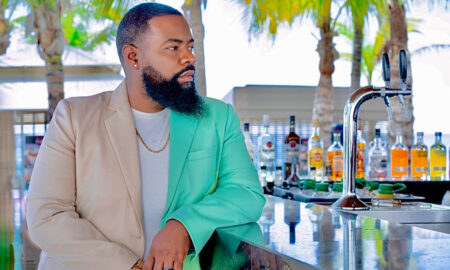

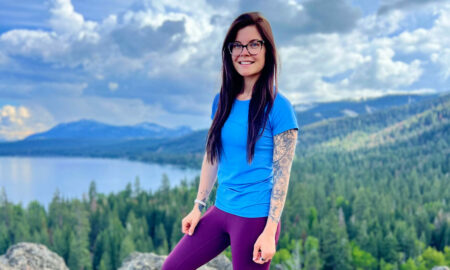

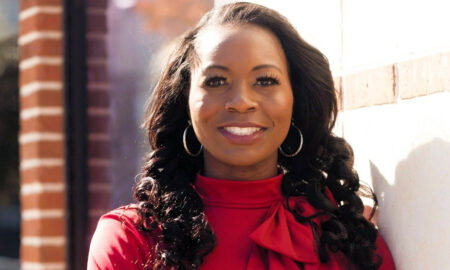
William Conger
February 3, 2019 at 10:30 pm
Really impressive review of a dedicated artist -teacher creating meaningful and compelling work